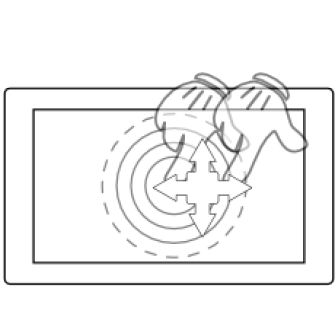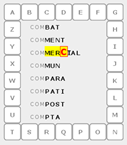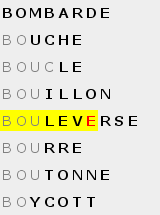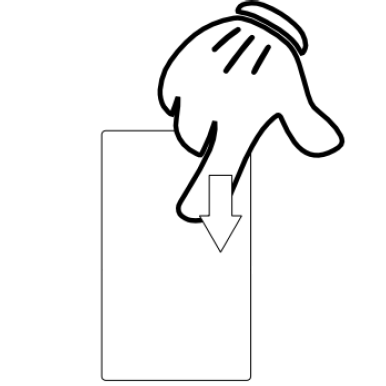
DUCK Keyboard
DUCK aims reducing tactile exploration and speeding up text entry for visually impaired users. It relies on the selection of the first letter of a word and rapid and inaccurate typing of the remaining letters. It then proposes a list of words having the same first letter and a similar total distance between letters.
Main publication:
|
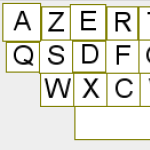
Semantic Keyboard
Semantic Keyboard is a soft keyboard augmented by semantic pointing. The cursor crosses faster over keys containing low-probability letters (considering the prefix already entered). This optimization reduces the movement of the pointer by 60\%, and increases the text entry speed by 13.5\%. Accuracy is equivalent to a regular soft keyboard.
Main publication:
|
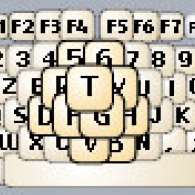
Fisheye Keyboard
Our goal is to find a compromise between readability and usability on a whole character layout for a smartphone. The proposed interactions allow to display all keys on a small screen while making pointing easier for the user by expanding any given key as a function of its distance from the pointer.
Main publication:
|
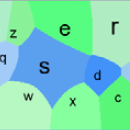
Floodkey
Floodkey is a sof keyboard in which some keys are increased in size while needless ones are decreased. Each time a key is pressed, according to the probabilities of the key to be pressed, the sites are located by the Fruchterman-Reingold algorithm that maintains the topology of the keyboard. Then the keyboard appears with no overlapping as a weighted Voronoi diagram.
|

SpreadKey
The keyboard is based on a QWERTY layout and dynamically recycles the needless characters. The needless characters are determines by a predictive system in function of the previous input characters. The recycling aims at providing several times the characters with a high probability to be typed.
Main publication:
|
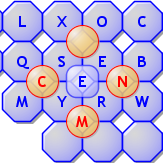
KeyGlass System
KeyGlass System is based on the dynamic addition of semi-transparent keys that are given according to previously entered characters and a predictive system. The prediction system that we use to optimize our system is based on the joint use of a lexicographic tree and a system using bigrams.
|

GAG Keyboard
We propose a genetic algorithm formal framework to optimize character location on a soft keyboard. This method is described regardless of the language and layout used and can then easily be adapted to any language and layout.
Main publication:
|
